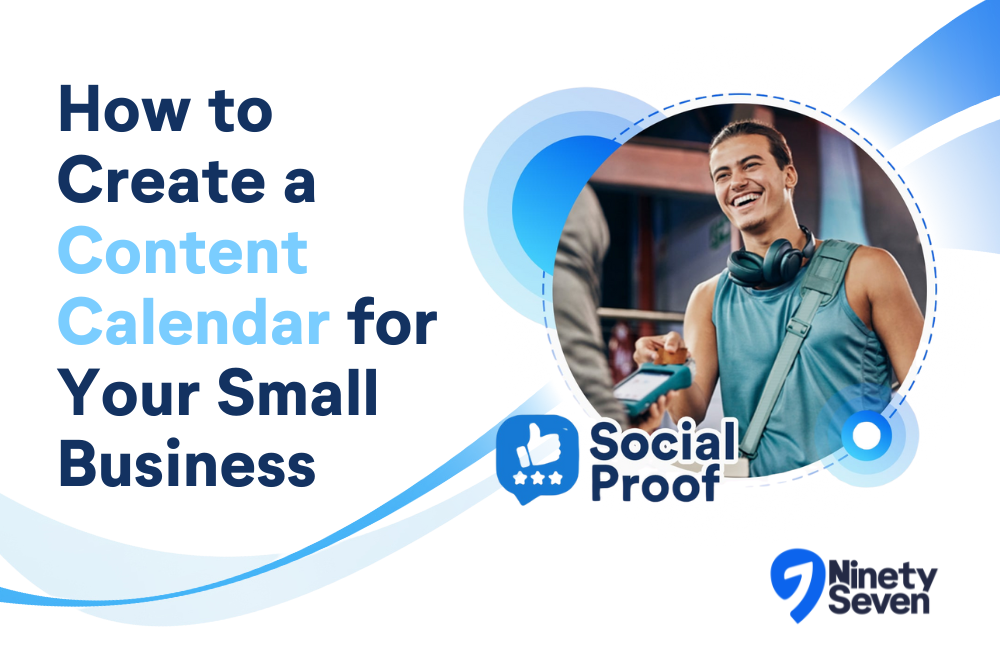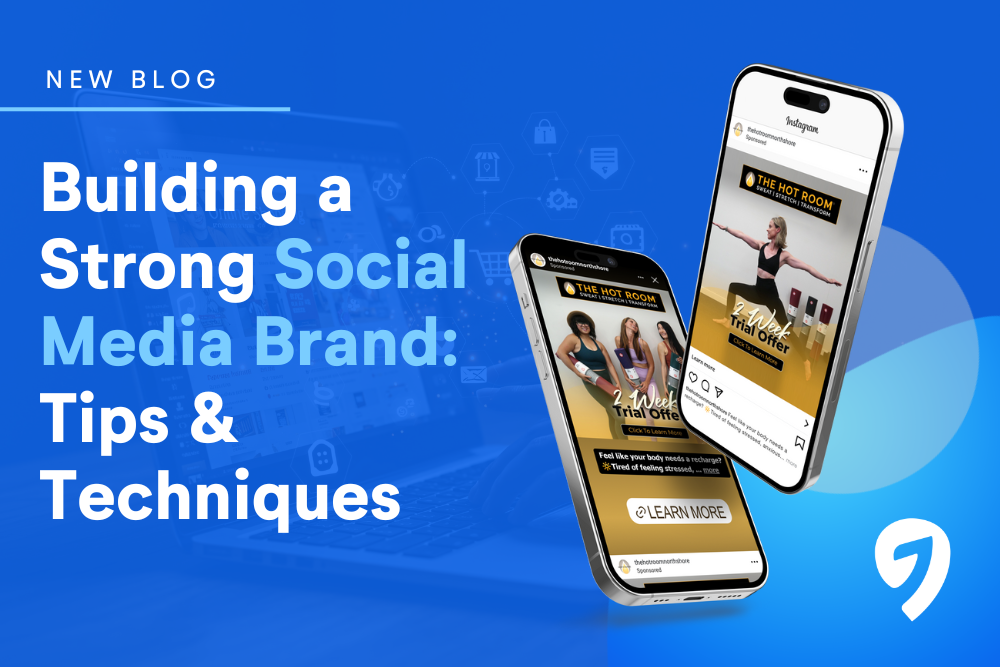
How to Create a Content Calendar for Your Small Business

Creating content on the fly can feel chaotic: missed deadlines, inconsistent messaging, last-minute scrambles. If that sounds like your reality, a content calendar is the tool that turns marketing from reactive to intentional. For small businesses focused on lead generation, it’s, a way to stay organized, consistent, and seen when your customers are looking.
What Exactly is a Content Calendar?
A content calendar (also called an editorial calendar) is a framework for scheduling what content you’ll publish, when, and where — blog posts, social media updates, emails, promos, everything. Content calendars help you maintain consistency, plan ahead, and avoid duplicated or stale content. Calendars let business owners see the full picture: understand past content, plan topics aligned with business goals, and make sure key dates aren’t missed.
When you publish content regularly and across multiple channels, whether it’s Facebook, Instagram, your blog, or email, you build habits with your audience. People start expecting your content, engaging with it, and trusting you more. That consistency helps with brand recognition, user engagement, and ultimately better lead generation. Not for nothing, consistency can also help you build a strong company culture and a more engaged team.
Step 1: Define Your Goals and Audience
Before you open a spreadsheet or content planning tool, you need clarity. What do you want your content to do? For many small businesses, goals include increasing website traffic, generating leads, improving local visibility, or nurturing current customers. Who are you speaking to — prospective leads, current clients, or both? Narrowing these down helps you choose content themes, tone, and frequency.
Set priorities: maybe you want to strengthen your local search presence or build a following on social; maybe you need more blog content to fuel your email list. Whatever your mix, aim for 2-3 content pillars (themes) you’ll return to often — for example: “Tips & How-tos,” “Customer Success Stories,” “Promotions & Offers.” These give shape to your calendar and make content generation easier.
Step 2: Plan Your Content Types, Frequency, and Channels
Next, decide what kinds of content you’ll produce. Examples include blog posts, short social-media videos, email newsletters, tutorials, or infographics. Then set a realistic posting frequency — maybe a blog weekly, social posts 3-5× a week, emails biweekly. Don’t be afraid of experimenting to see what works best for your business and your customers.
Map out where each content type will go: which topics make sense for your blog vs what’s better suited to Instagram or email. Leave space for seasonal or timely content so you can seize news, holidays, or promotional moments. Planning ahead prevents those scramble days.
Tying It Together with 97Display
At 97Display, we help small businesses make content calendars work for them, not against them. Our tools like GrowthIQ offer insights on what content themes perform best locally, while HyperLocal ensures your promotional content gets found by people searching nearby. Add in LeadFlowIQ and SocialProof, and you’ve got tools for turning that content plan into real lead generation: capturing interest, building trust, and driving action.


